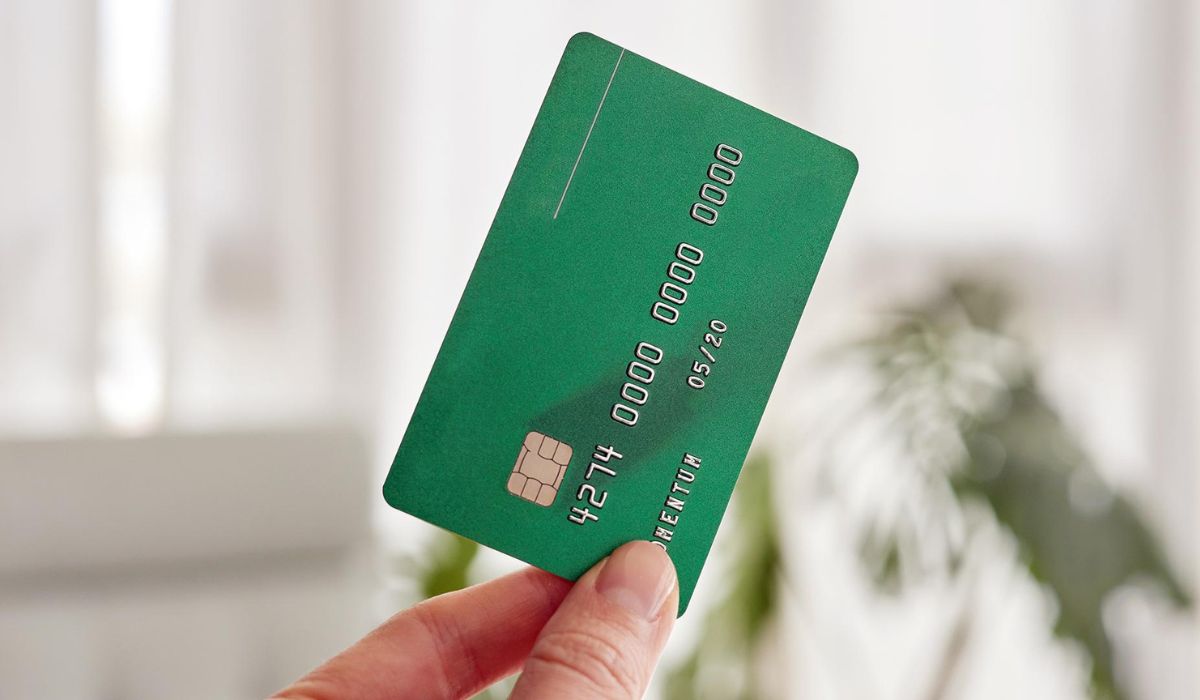Introduction
The theft of mail, including checks and credit cards, is a serious issue that can have severe consequences for your financial and personal security. Stolen mail checks and credit cards can lead to identity theft, fraudulent transactions, and a lengthy process to restore your financial stability. This guide aims to help you understand the dangers of mail theft, provide practical tips to protect yourself, and outline steps to take if you become a victim.
The Dangers of Mail Theft
Highlighting the Serious Consequences
Mail theft can result in significant financial loss and emotional stress. When thieves steal checks or credit cards from your mail, they gain access to sensitive financial information that can be used for various types of fraud. The consequences of such theft include unauthorized transactions, damaged credit scores, and a long and stressful process to resolve the issues.
Understanding Identity Theft
Identity theft occurs when someone uses your personal information without your permission. There are several types of identity theft, including:
- Financial Identity Theft: Using stolen credit card information or checks to make unauthorized purchases.
- Tax Identity Theft: Using your Social Security number to file false tax returns and claim refunds.
- Medical Identity Theft: Using your personal information to obtain medical services or prescriptions.
The stolen mail checks and credit cards are often the starting point for these forms of identity theft.
Common Methods of Mail Theft
Fishing for Mail
Thieves often use a technique called “fishing” to steal mail. This involves using tools to reach into mailboxes and pull out mail without opening them. They may also use “mail fishing” devices, such as wire or string, to retrieve letters and packages from mailboxes.
Mailroom Break-ins
Apartment complexes and businesses with shared mailrooms are vulnerable to theft. Thieves may break into these mailrooms to access multiple mailboxes at once. This method can result in a large number of stolen checks and credit cards.
Identity Theft Schemes
Once thieves have stolen your mail, they may use your information for various schemes, including:
- Opening new credit accounts in your name.
- Making unauthorized purchases with stolen credit cards.
- Creating counterfeit checks using your information.
Understanding these schemes can help you take preventative measures to protect your mail.
Protecting Your Mail
Secure Mailboxes
To safeguard your mail, consider using a secure mailbox. These mailboxes have locks and are designed to deter thieves. Alternatively, you can rent a PO box at your local post office for added security. This ensures that your mail is kept safe until you retrieve it.
Regularly Checking Your Mail
Retrieve your mail promptly to prevent it from being stolen. Avoid leaving mail in your mailbox overnight or for extended periods. If you’re on vacation or away from home, ask a trusted friend or neighbor to collect your mail regularly.
Shredding Sensitive Documents
Properly dispose of personal information by shredding documents before throwing them away. This includes credit card offers, bank statements, and any correspondence that contains personal details. Shredding helps prevent thieves from accessing your information through discarded mail.
Using a Mail Forwarding Service
If you travel frequently or are away from home for an extended period, consider using a mail forwarding service. These services can hold your mail securely and forward it to you when you’re ready, reducing the risk of theft while you’re away.
Monitoring Your Accounts
Regularly Checking Statements
Review your bank and credit card statements regularly to detect any unauthorized transactions. Immediate detection of fraudulent activity can help prevent further damage and assist in resolving issues quickly.
Setting Up Fraud Alerts
Many financial institutions offer fraud alerts that notify you of suspicious activity on your accounts. Setting up these alerts can provide an early warning of potential fraud and allow you to take action before significant damage occurs.
Monitoring Your Credit Report
Regularly check your credit report for any unusual activity or unauthorized accounts. You can request a free credit report from major credit bureaus annually. Monitoring your credit report helps you identify potential identity theft early and take appropriate action.
Responding to Mail Theft
Steps to Take if Your Mail is Stolen
If you discover that your mail has been stolen, follow these steps:
- Notify your financial institutions immediately to report any stolen checks or credit cards.
- Place a fraud alert on your credit reports to alert creditors of potential identity theft.
- Report the theft to the U.S. Postal Inspection Service and file a complaint with local law enforcement.
Contacting Law Enforcement
Report the theft to local law enforcement as soon as possible. Provide them with details about the stolen mail and any suspicious activity. A police report can also help you resolve disputes with creditors and financial institutions.
Freezing Your Accounts
Consider freezing your accounts temporarily to prevent further unauthorized transactions. This step can help protect your finances while you work to resolve the theft and restore your accounts.
Additional Tips and Precautions
Beware of Phishing Scams
Be cautious of phishing scams that attempt to steal your personal information through emails or phone calls. Never provide sensitive information in response to unsolicited requests, and verify the legitimacy of any communication before sharing your details.
Protecting Your Online Identity
Safeguard your personal information online by using strong, unique passwords for your accounts and enabling two-factor authentication. Be mindful of the information you share on social media and avoid posting details that could be used to impersonate you.
Educating Family Members
Raise awareness about mail theft and identity protection among family members. Ensure everyone in your household understands the importance of safeguarding personal information and following the tips provided in this guide.
You May Also Like: Avoiding Scams: Insights on Calls from 978-444-5700
Conclusion
Protecting yourself from stolen mail, including checks and credit cards, is crucial for maintaining your financial and personal security. By understanding the dangers, implementing preventative measures, and knowing how to respond if theft occurs, you can safeguard your information and minimize the risk of identity theft. Stay vigilant, monitor your accounts, and take action to protect yourself from the consequences of mail theft.
FAQs
What should I do if my mail containing checks or credit cards is stolen?
- Report the theft to your financial institutions, place a fraud alert on your credit reports, and contact local law enforcement.
How can I protect my mail from theft?
- Use a secure mailbox, regularly check your mail, shred sensitive documents, and consider using a mail forwarding service.
What are common methods used by thieves to steal mail?
- Common methods include fishing for mail, breaking into mailrooms, and using stolen information for identity theft schemes.
How often should I check my bank and credit card statements?
- Regularly review your statements to detect any unauthorized transactions and address issues promptly.
Can I prevent identity theft if my mail has been stolen?
- Yes, by monitoring your credit reports, setting up fraud alerts, and taking immediate action, you can reduce the risk of identity theft.










